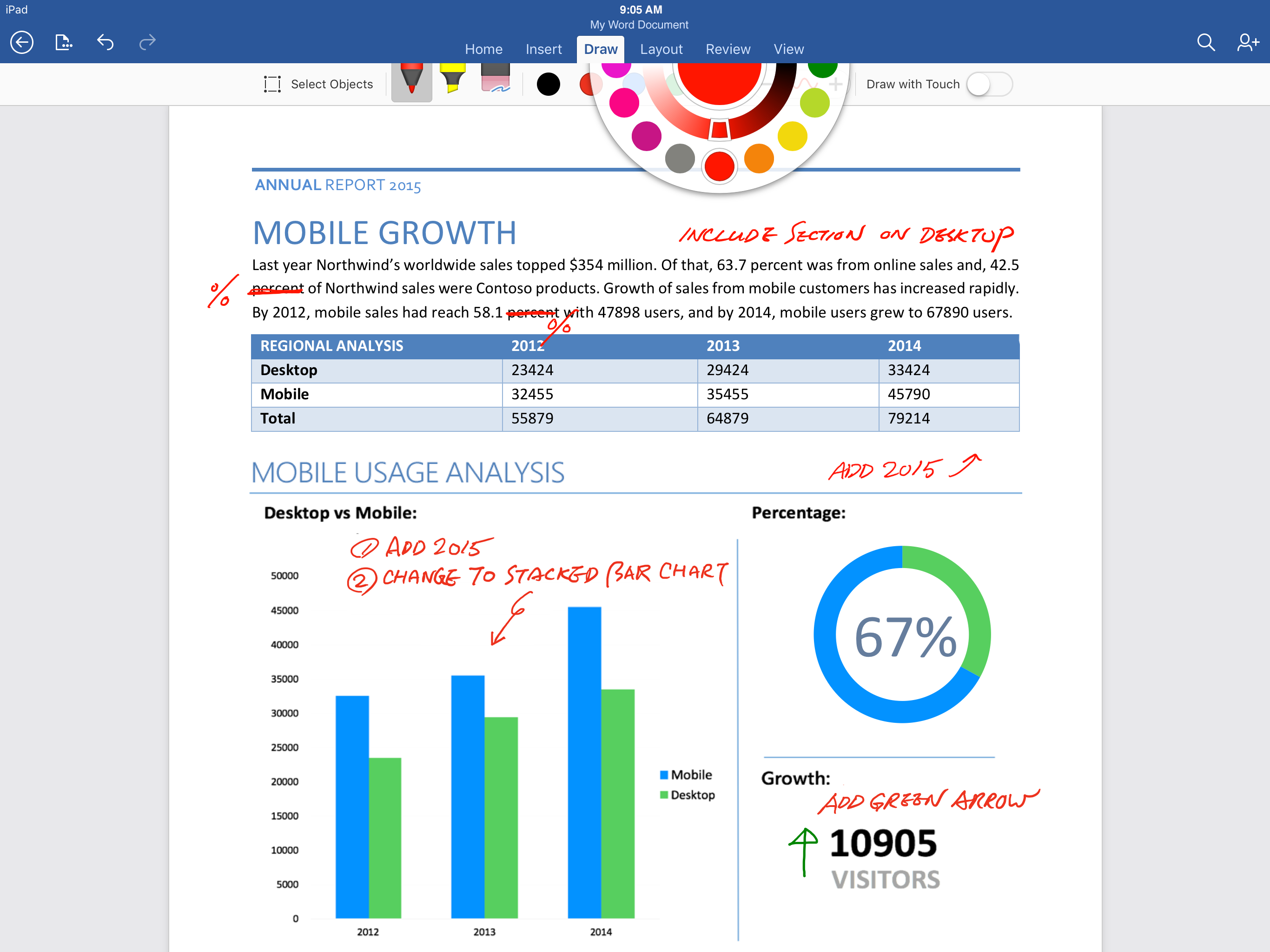
Windows Power Point Office Mac Office365 Os Office For Mac
Microsoft Office is an office suite of desktop applications, servers and services for the Microsoft Windows and Mac OS X operating systems, introduced by Microsoft. The new Microsoft Office for macOS includes updated versions of Word, Excel, PowerPoint, OneNote and Outlook-and the moment you open any one of the apps, you'll immediately feel the. Office 2019 for Mac was launched in September 2018 as an update to Office 2016 for Mac. However, some of the new features had already been available as part of the then-called Office 365 subscription.
-->Applies to:Office for Mac, Office 2019 for Mac, Office 2016 for Mac
There are two basic ways that you, as an admin, can deploy Office for Mac to users in your organization:
Provide your users with the installer package file, and have them install Office for Mac for themselves
Download the installer package file to your local network, and then use your software distribution tools to deploy Office for Mac to your users
If you have an Office 365 (or Microsoft 365) plan, you can provide your users with instructions on how to download and install Office for Mac for themselves. To install Office for Mac, a user has to be administrator on the Mac or know an administrator account name and password.
But, if you deploy Office for Mac for your users, you have more control over the deployment, including which users get Office for Mac and when. To plan your deployment, review the following information.
Download Office for Mac to your local network
The easiest way to download Office for Mac, and ensure you're always getting the most current version and build, is to download directly from the Office Content Delivery Network (CDN) on the internet. Here are the links to the installer packages for the Office suite, which contains all the applications:
- Office for Mac (for Office 365 or Microsoft 365 plans)
- Office 2019 for Mac (for retail or volume licensed versions)
- Office 2016 for Mac (for retail or volume licensed versions)
Note
- Installer and update packages for individual applications are also available on the Office CDN. For links to those, see Most current packages for Office for Mac.
- The same installer package is used for Office for Mac and Office 2019 for Mac. How you activate the product determines whether you get the features for Office for Mac or the features for Office 2019 for Mac.
- Unlike Office 2016 for Mac, the installer package for Office 2019 for Mac isn't available on the Volume Licensing Service Center (VLSC).
Deploy Office for Mac to users in your organization
Office for Mac uses the Apple Installer technology for installation. That means you can use the software distribution tools that you normally use to deploy software to Mac users. Some of the most common tools are Jamf Pro, Munki, and AutoPkg. You can also use Apple Remote Desktop and AppleScript.
Important

There are changes in Office for Mac to improve security, including implementing Apple app sandboxing guidelines. These changes mean that you can't customize the app bundle before or after you deploy Office. Don't add, change, or remove files in an app bundle. For example, even if you don't need the French language resource files for Excel, don't delete them. This change prevents Excel from starting. Even though you can't customize app bundles, you can configure preferences for each app.
Additional deployment information for Office for Mac
Whichever deployment method you decide to use, the following information can help you plan your Office for Mac deployment.
What's new: Before you deploy, review the information about what's new for admins in Office for Mac. This includes information about system requirements, language support, and new features.
Side-by-side installation: You can't have Office 2016 for Mac and Office 2019 for Mac installed on the same computer. Also, you can't have Office for Mac (from an Office 365 or Microsoft 365 plan) along with either Office 2016 for Mac or Office 2019 for Mac (both of which are one-time purchase versions) installed on the same computer.
Deploying individual apps: Installer package files for individual applications are available on the Office Content Delivery Network (CDN). For links to those, see Most current packages for Office for Mac.
Activation: To use Office for Mac, it needs to be activated. Before you deploy, review the information about how activation works in Office for Mac.
Uninstalling: If you need to uninstall Office for Mac, you can follow these steps to completely remove Office for Mac. Unfortunately, there is no program to uninstall Office for Mac automatically.
Office for Mac 2011: Support for Office for Mac 2011 ended on October 10, 2017. All of your Office for Mac 2011 apps will continue to function. But, you could expose yourself to serious and potentially harmful security risks. To completely remove Office for Mac 2011, follow these steps.
Upgrading to Office 2019 for Mac: If you're a volume licensed customer, you can upgrade to Office 2019 for Mac without uninstalling Office 2016 for Mac. You just need to download the 2019 version of the Volume License (VL) Serializer from the Volume Licensing Service Center (VLSC) and deploy it to each computer running Office 2016 for Mac. If you need to go back to Office 2016 for Mac after you've upgraded, follow these steps.
Version numbers Version numbers of 16.17 or higher for retail or volume licensed installs indicate you have Office 2019 for Mac. Office 2016 for Mac has version numbers of 16.16 or lower. Since the 'major' version (16) hasn't changed between Office 2016 for Mac and Office 2019 for Mac, application settings, including policies, preferences, and preference domains are similar between the two versions. Also, add-ins and other extensibility solutions that are compatible with Office 2016 for Mac will most likely be compatible with Office 2019 for Mac or will require minimal testing.
Related topics
Word, Excel, PowerPoint, Outlook, OneDrive, Skype for Business, and OneNote will install and run on macOS 10.14 Mojave. Microsoft fully supports Office 2016, Office 2019 and Microsoft 365 for Mac on 10.14 Mojave when you have the following Office updates installed:
Microsoft 365/2019 - Build 16.17.0 or later
Office 2016 - Build 16.16.2 or later
Skype for Business 16.21.65 or later
For the best experience with 10.14 Mojave, be sure to keep your Office apps up-to-date. If the version of Office installed on your Mac is earlier than 16.14, and you are not being offered updates, you can download the latest Office for Mac suite installer. See 'What version of Office am I using?' if you don't know what version you're on.
Send feedback for Office for Mac on 10.14 Mojave
Help us improve Office for Mac. If you encounter any issues while using Office on 10.14 Mojave, please send us feedback so we can address them. Here's how:
Word, Excel, PowerPoint and OneNote: Select the Send a Smile icon in the top-right corner of the app.
Outlook: Select Contact Support from the Help menu.
This is Babyface’s first album release in seven years and Braxton’s first new album since 2010. Both endured broken marriages, and presumably it’s those experiences that inform the material here — a succinct collection of 11 songs, eight of which are duets. The album features hits “Hurt You” and “Where Did We Go Wrong”.On Love, Marriage & Divorce, Toni Braxton and Babyface, creative partners going back to the early ’90s, rekindle their musical relationship. Toni braxton babyface album rar.
OneDrive: Select Report a problem in the menu bar.
Skype for Business: Select Report an issue from the Help menu.
Office for Mac 2011 and earlier
Since October 10, 2017, Office for Mac 2011* is no longer supported.
Note: * Lync for Mac 2011 has a limited time of Extended Support for security fixes.
Word, Excel, PowerPoint, Outlook and Lync for Office for Mac 2011 have not been tested on macOS 10.14 Mojave, and no support for this configuration will be provided. This means there will be no new security updates, non-security updates, free or paid assisted support options, or technical content updates. Refer to the Microsoft Support Lifecycle for more information.